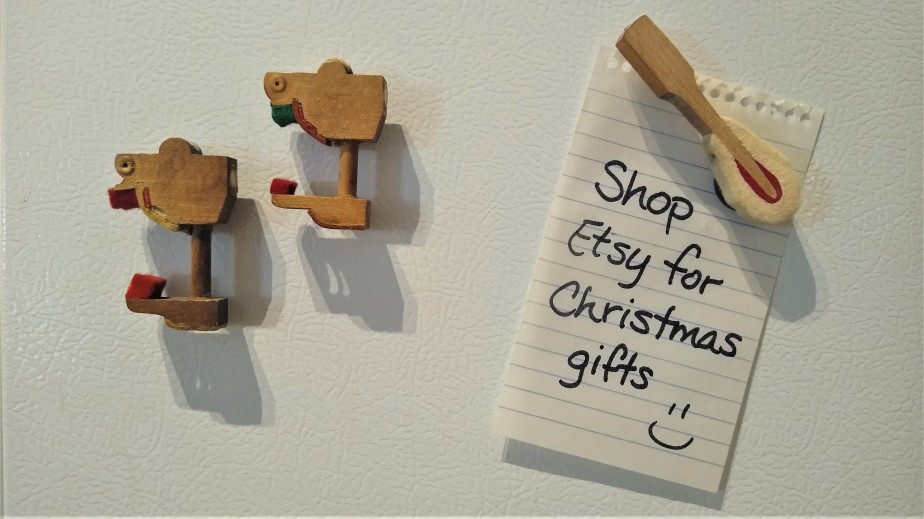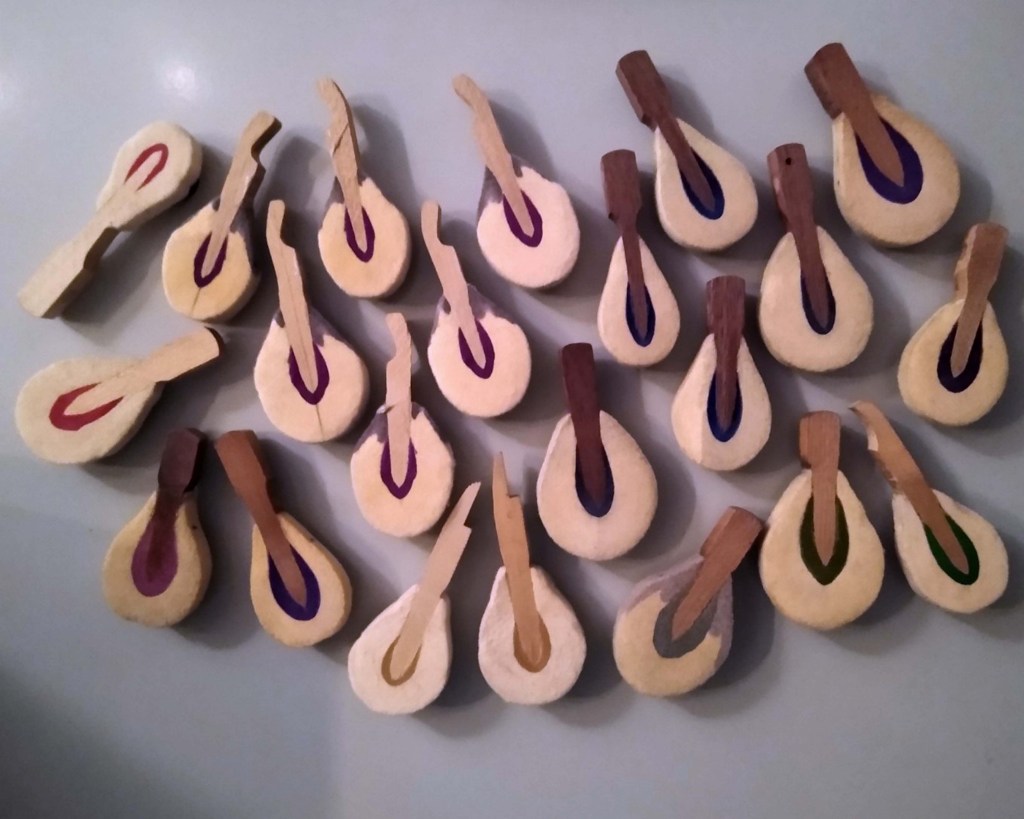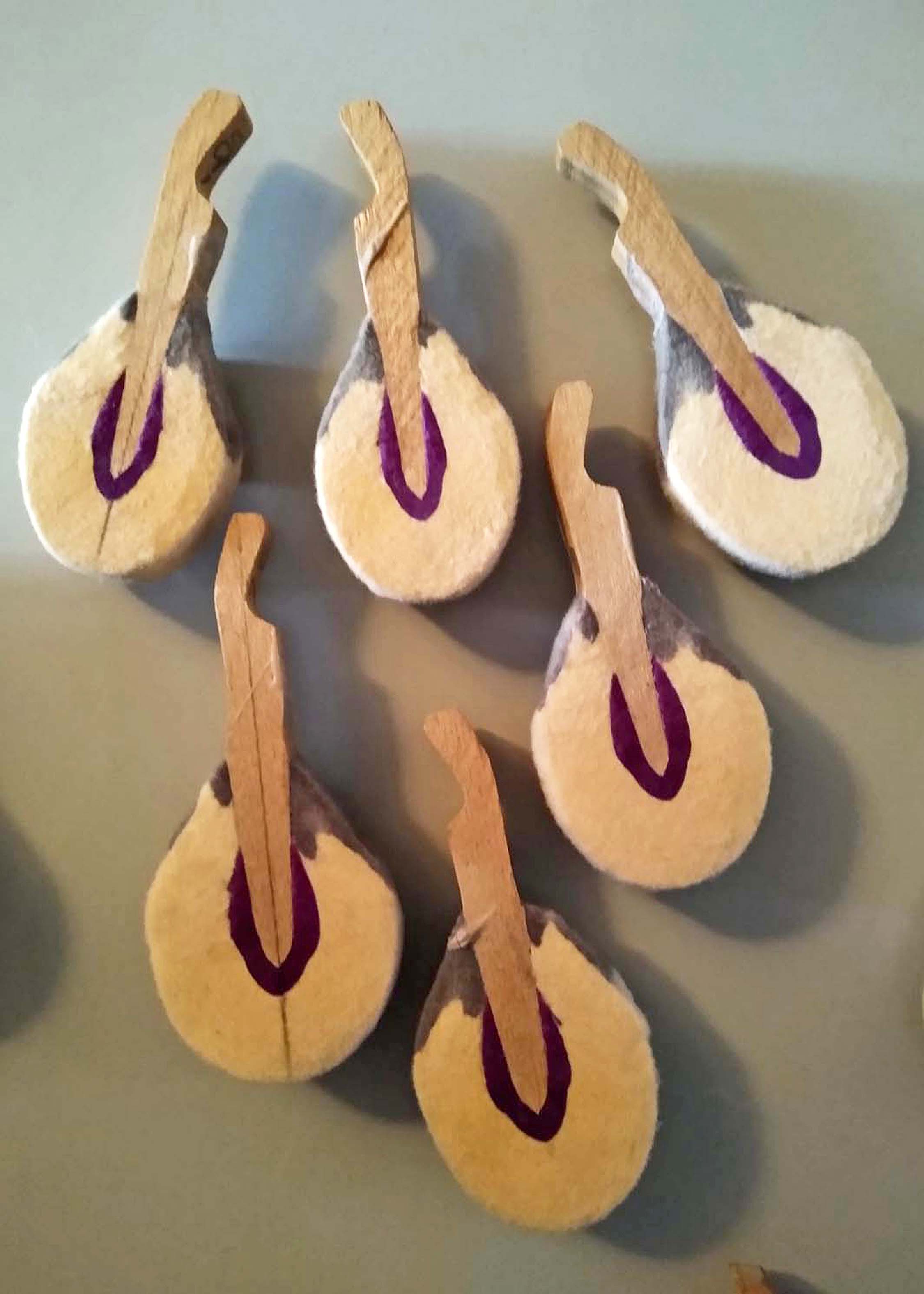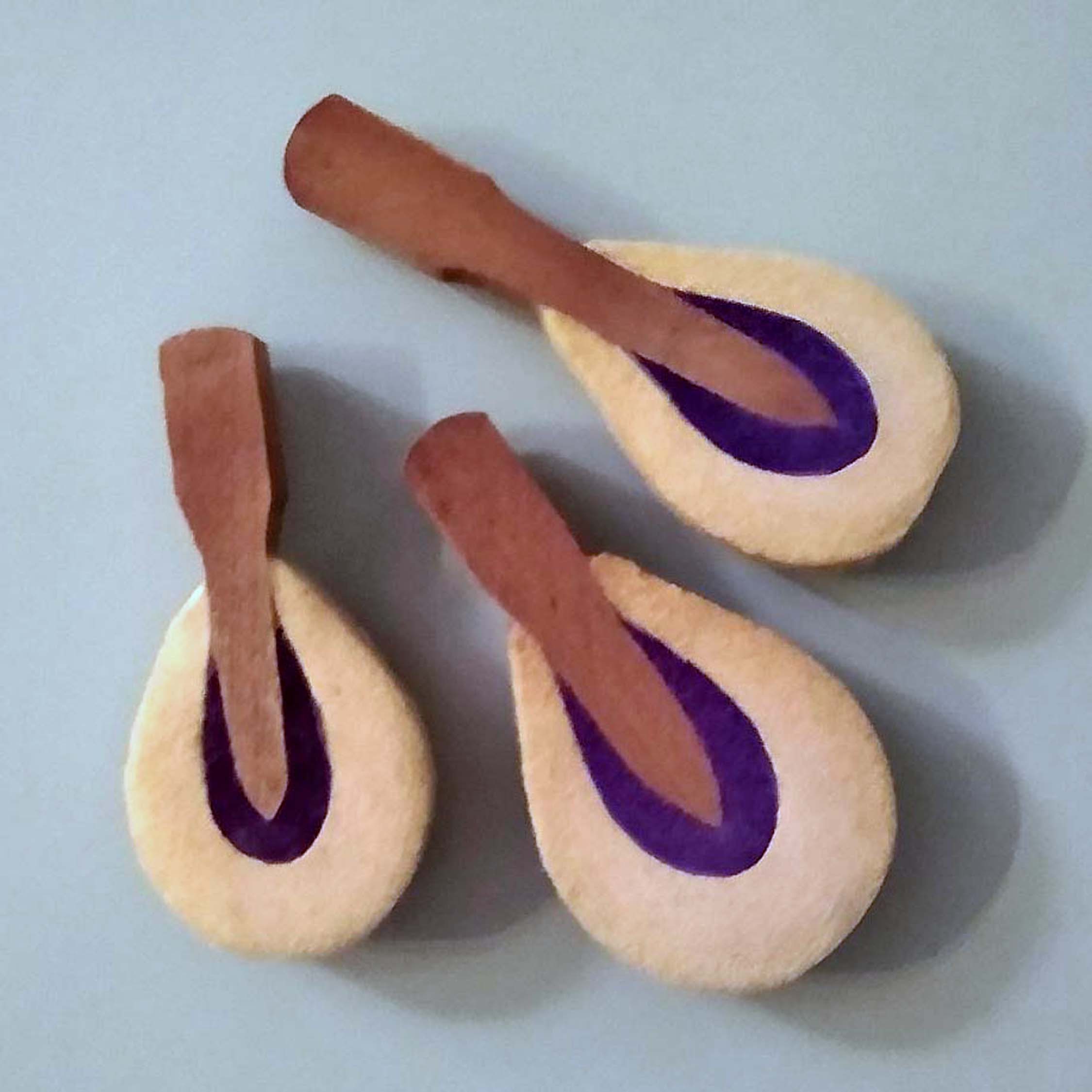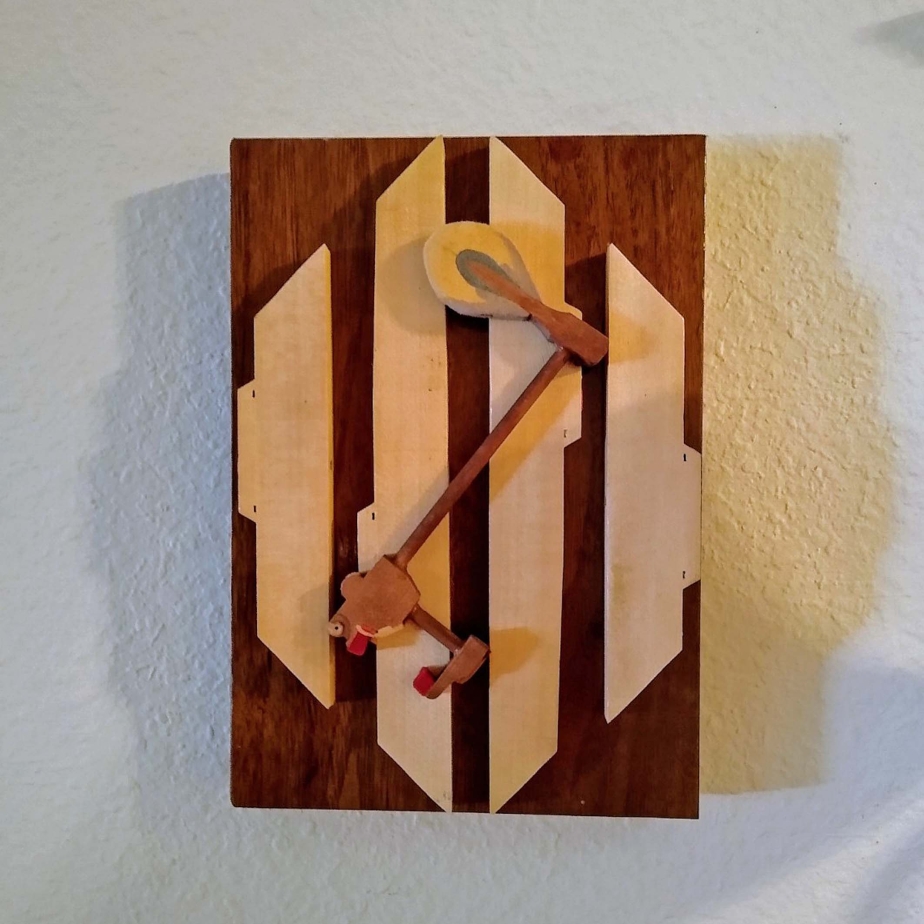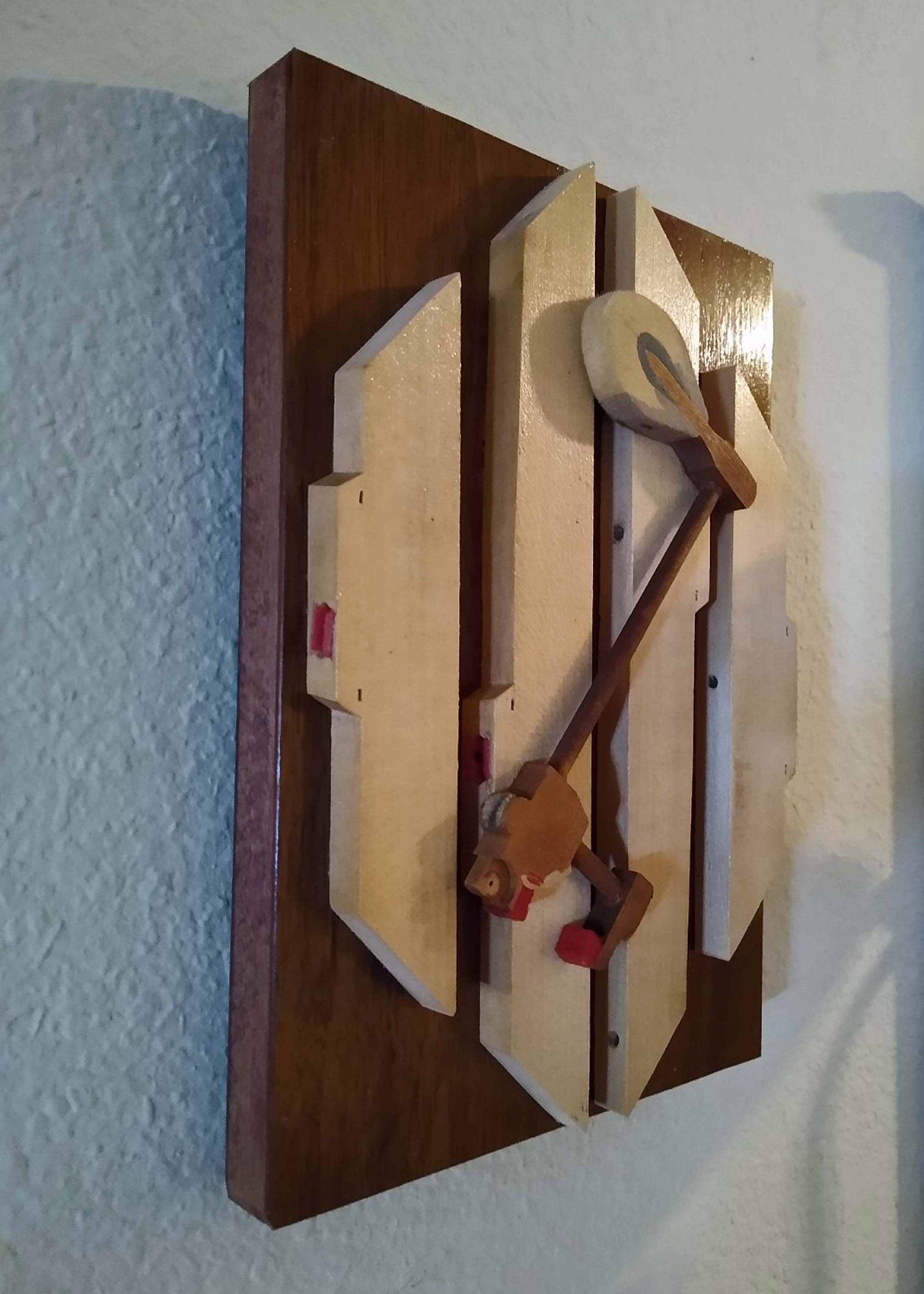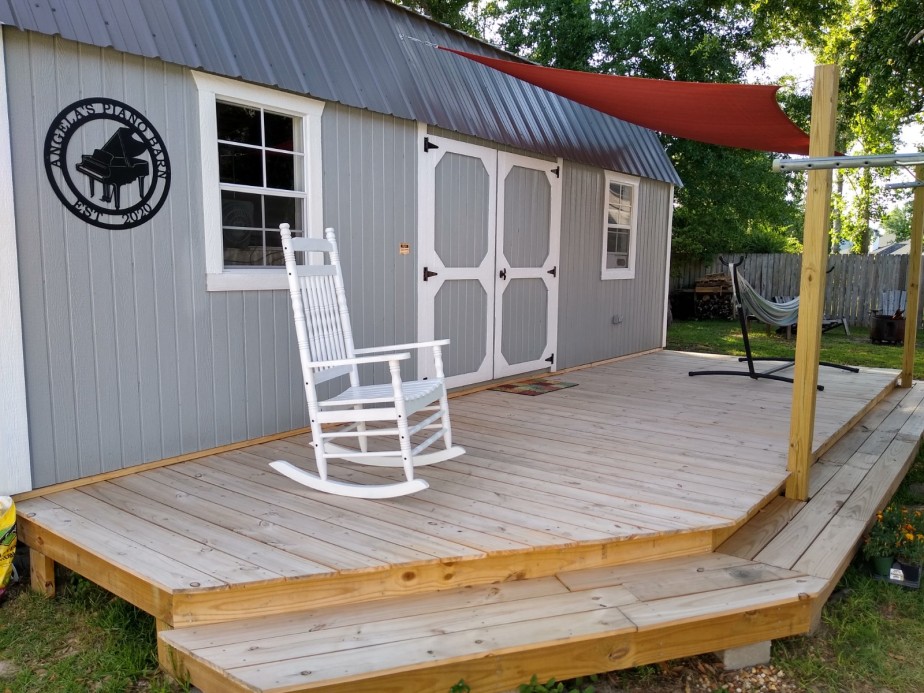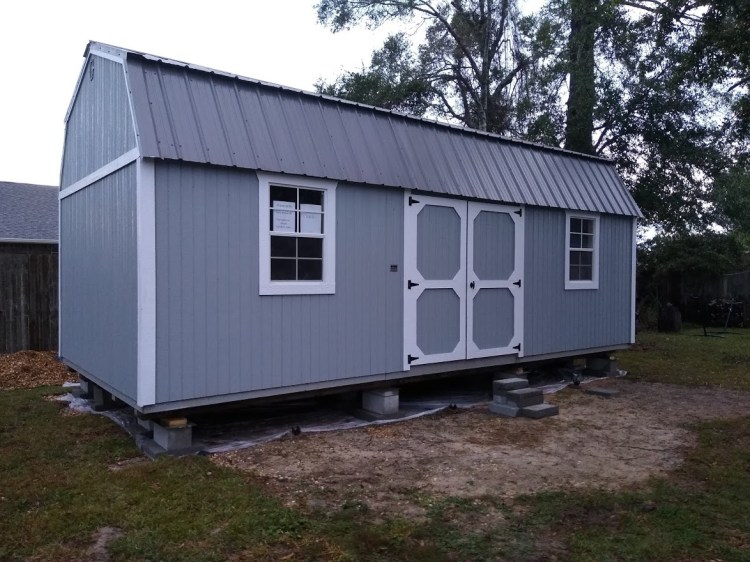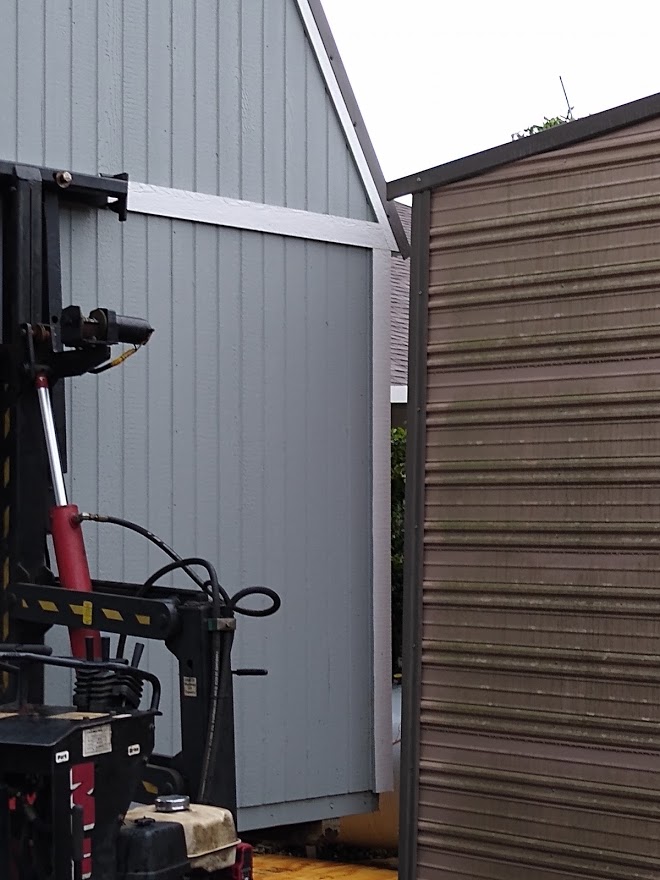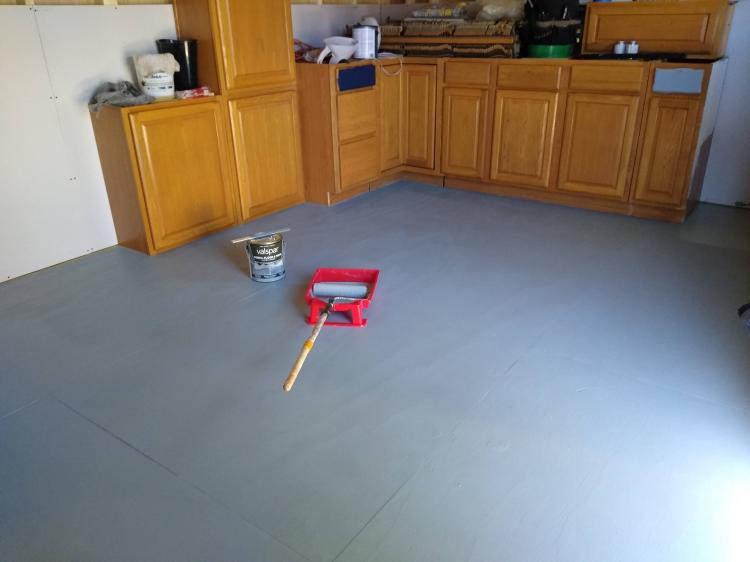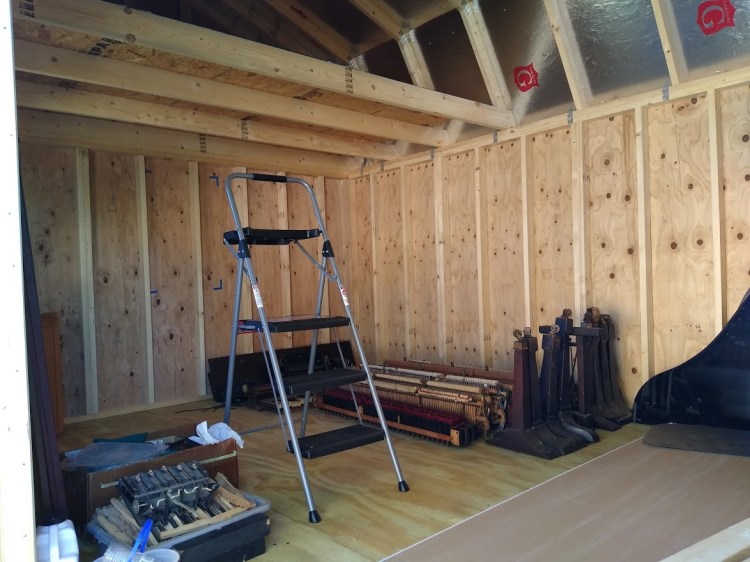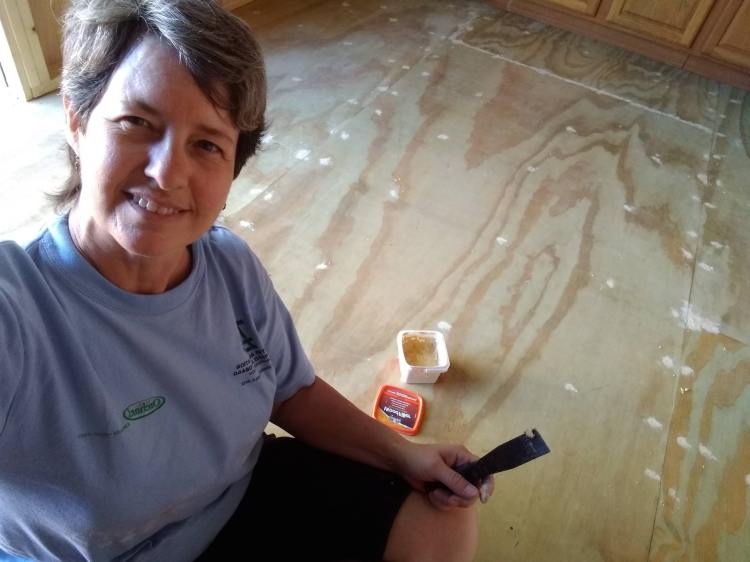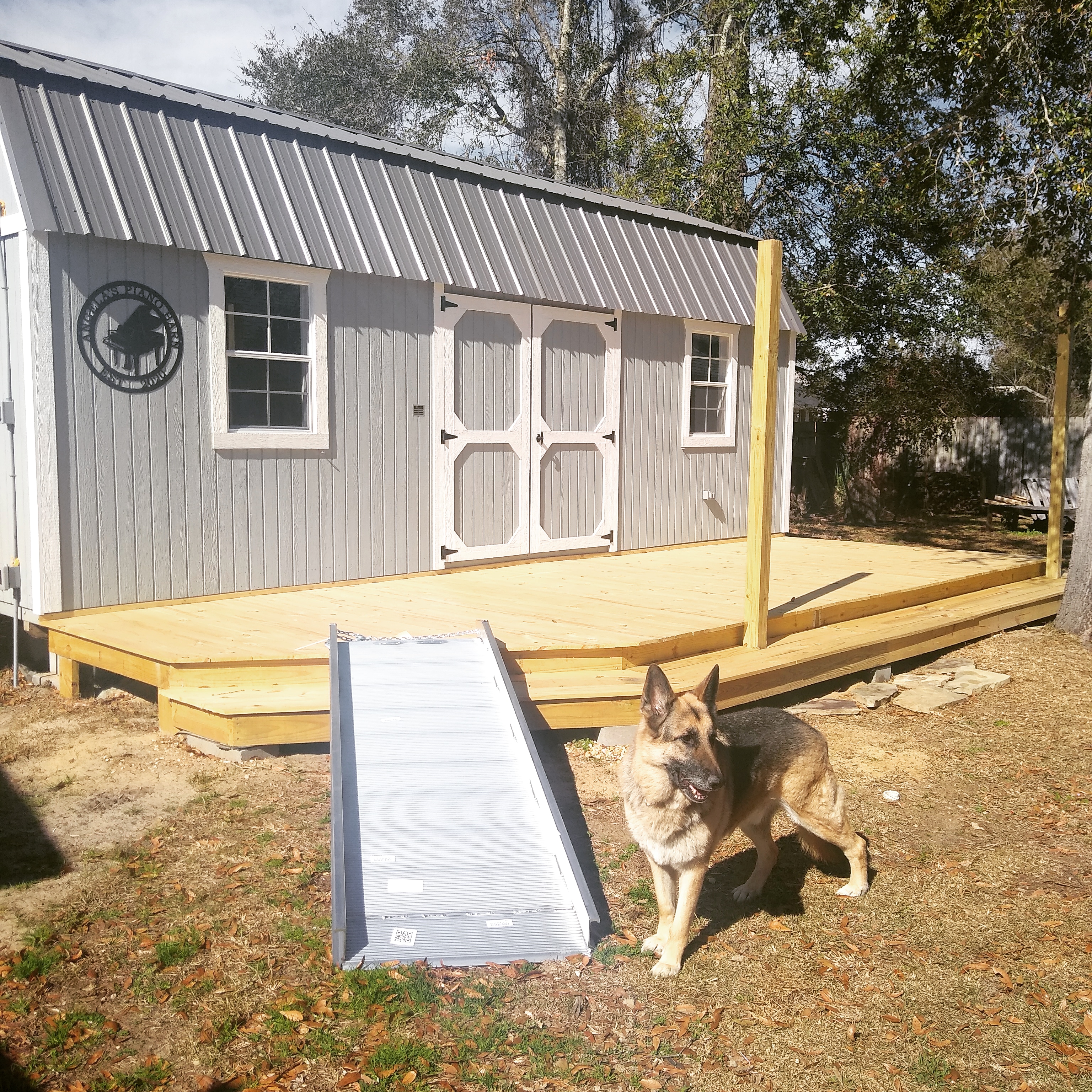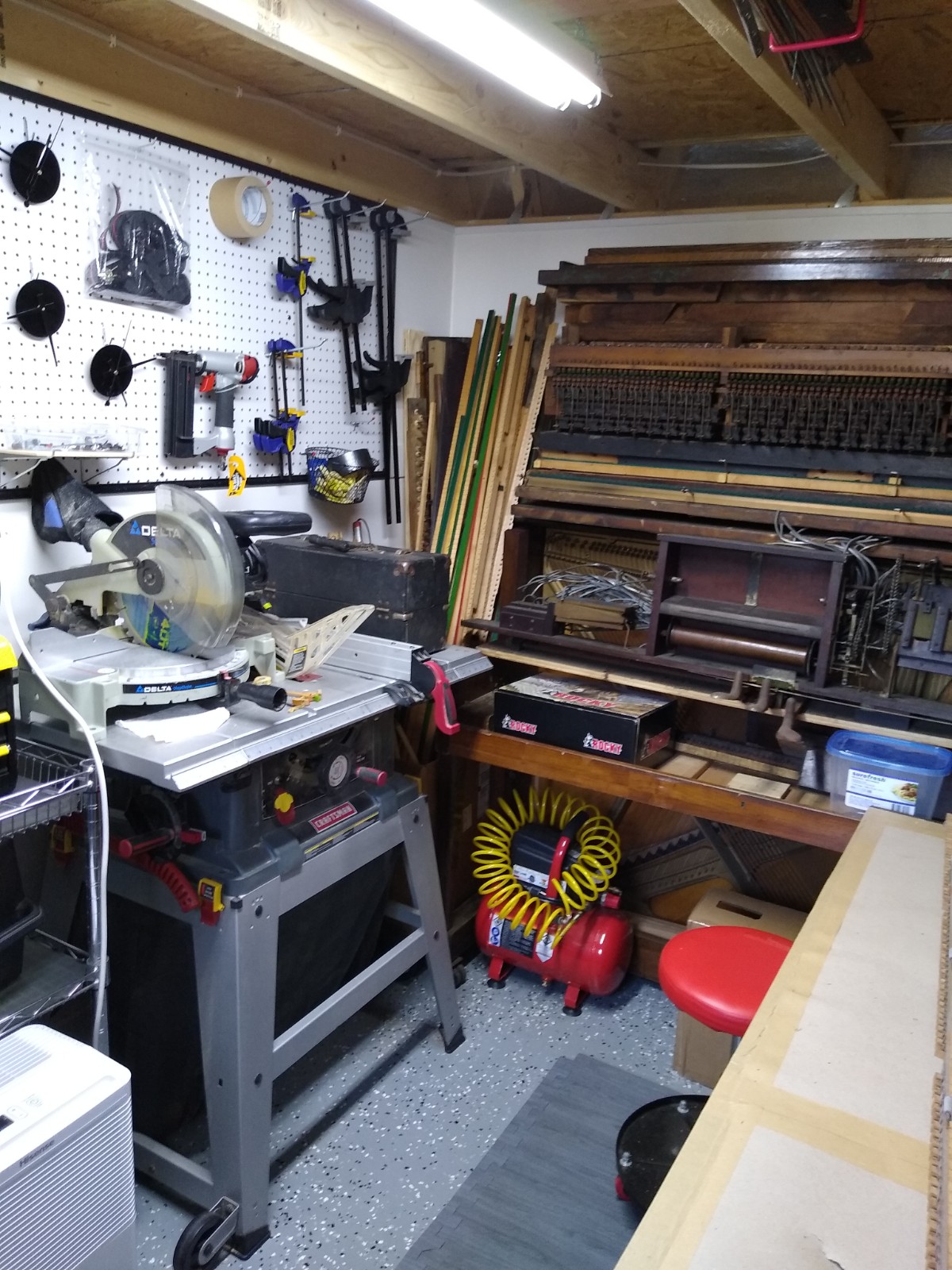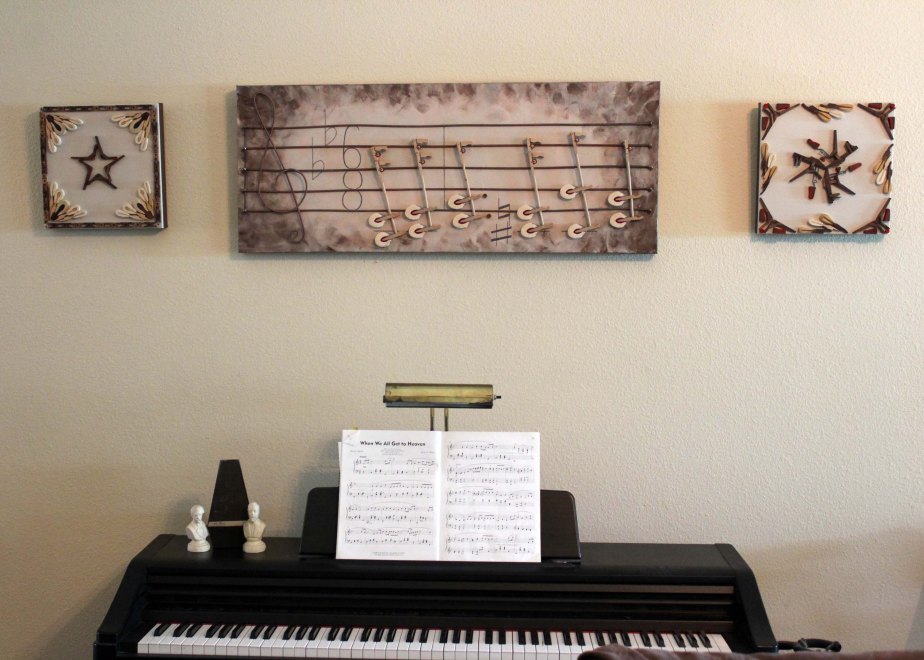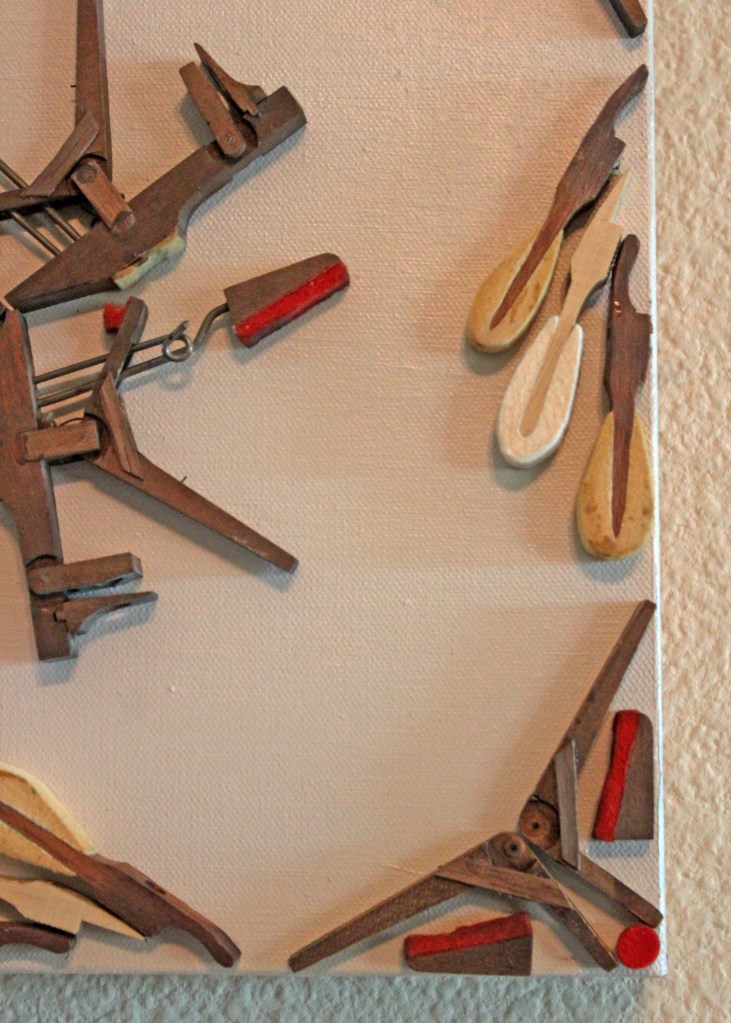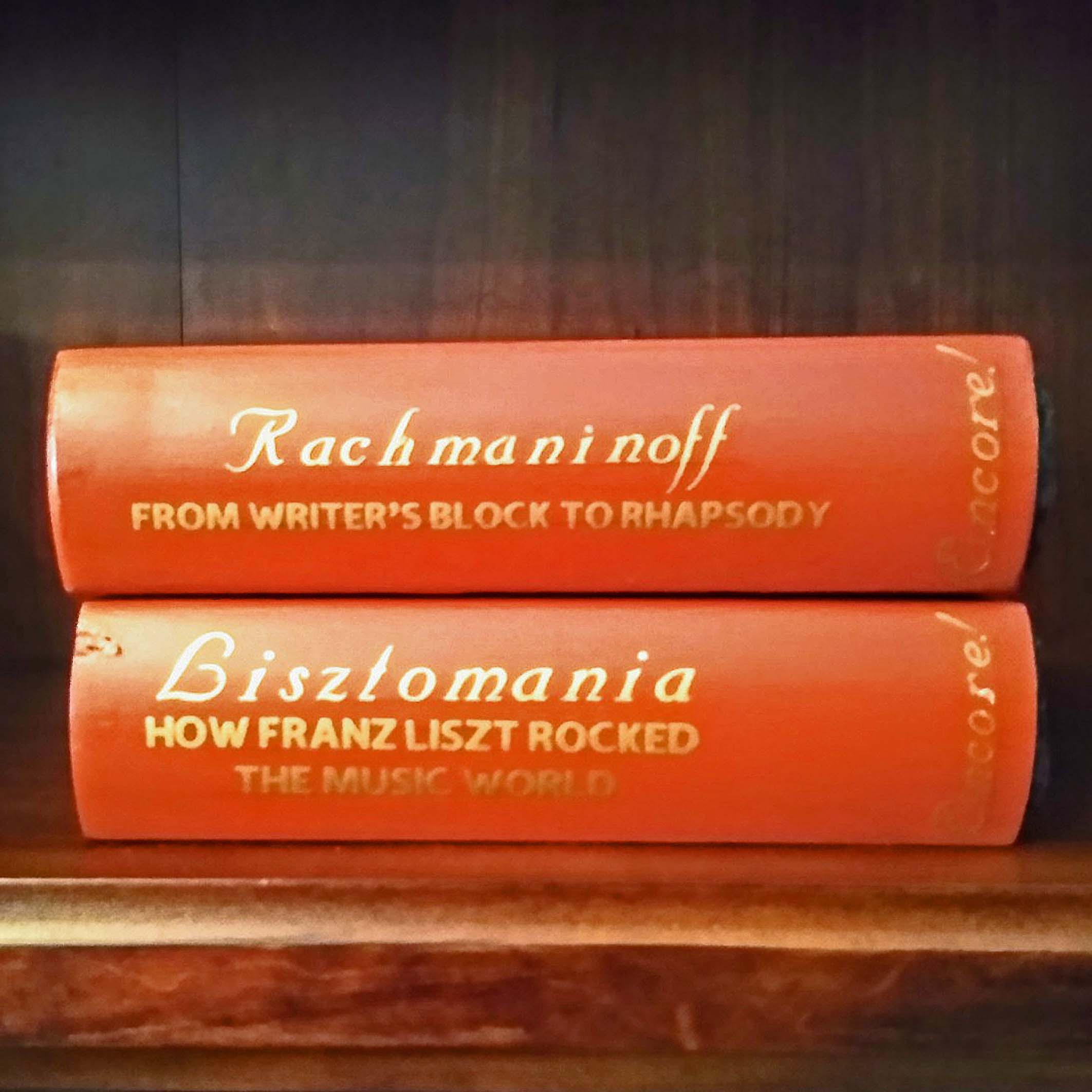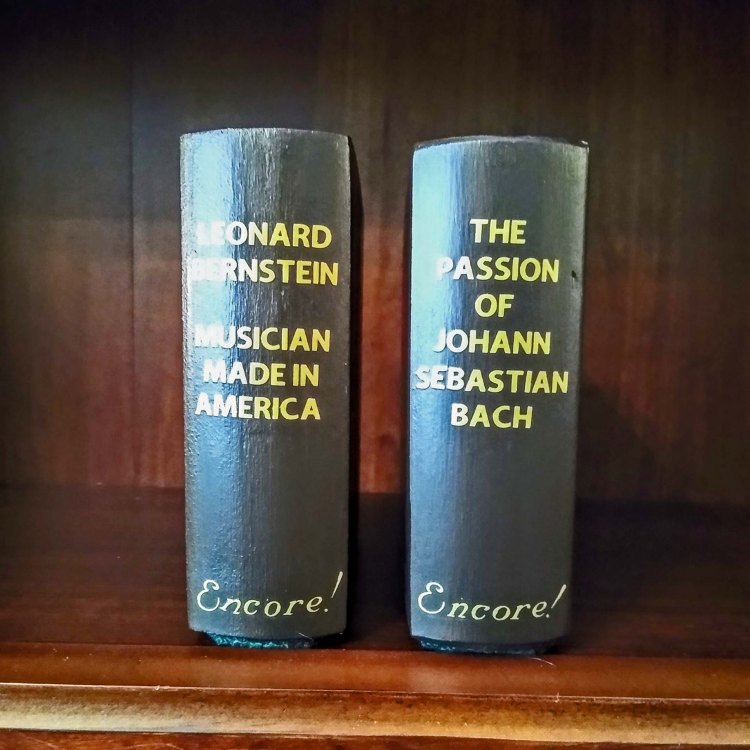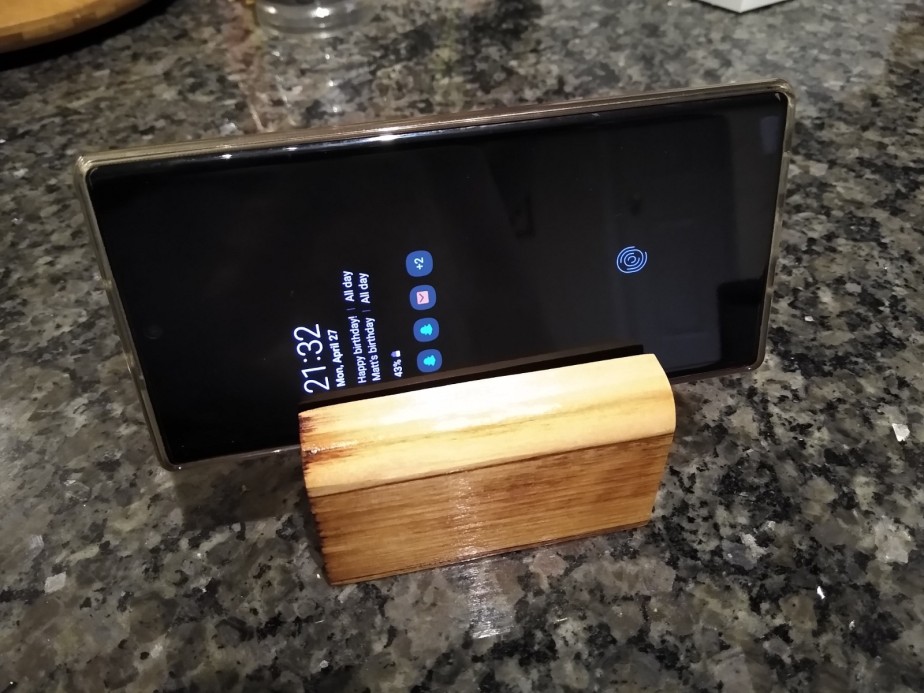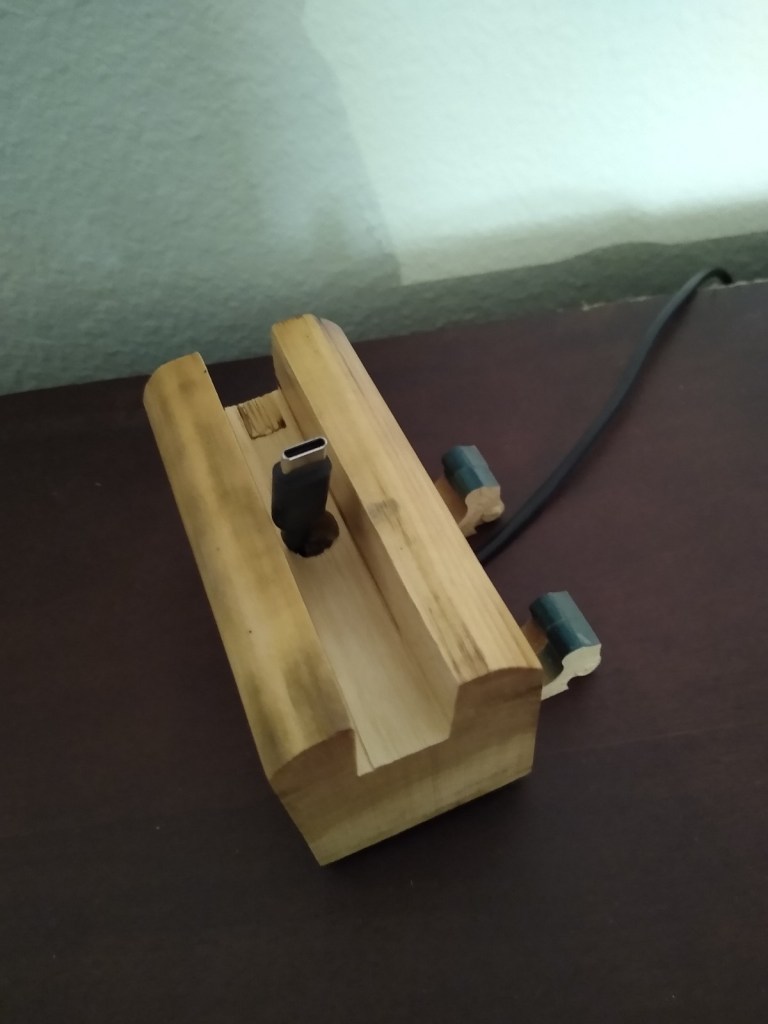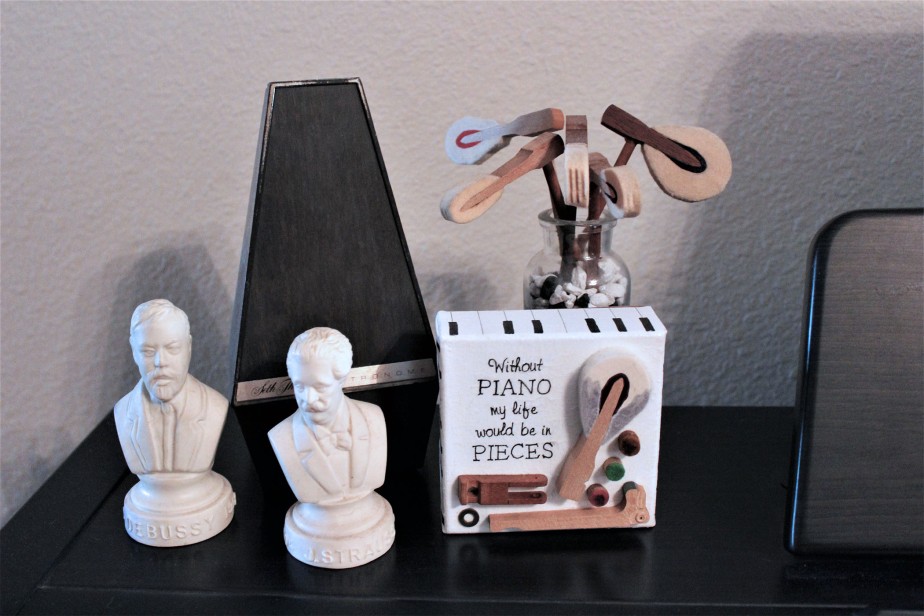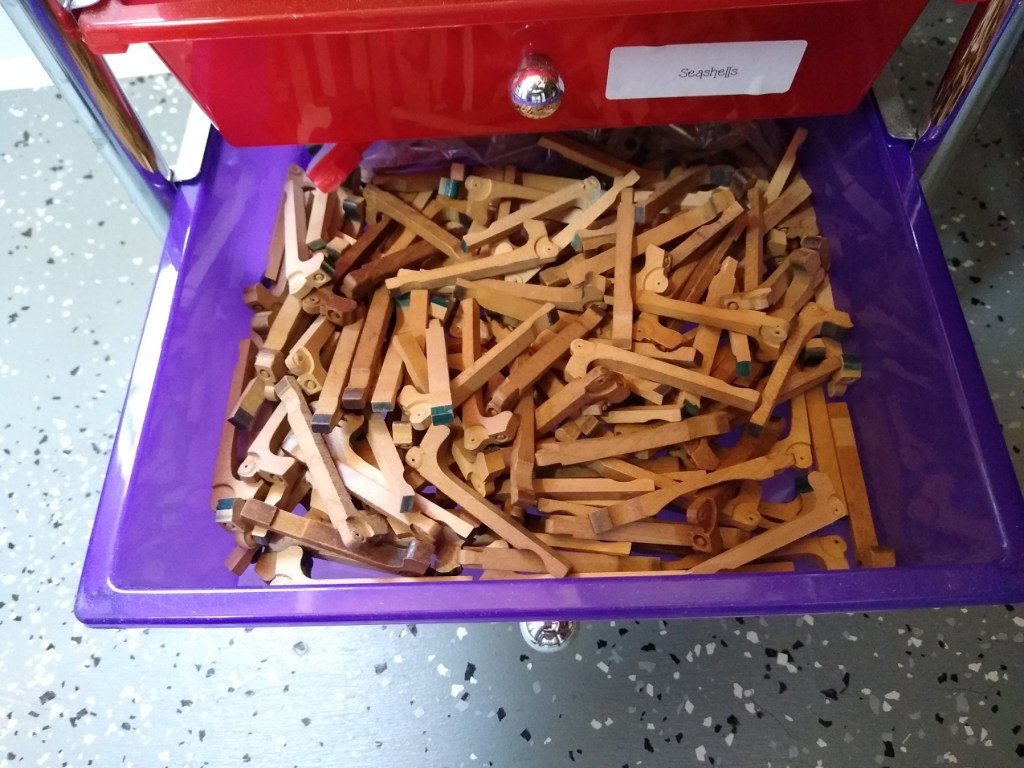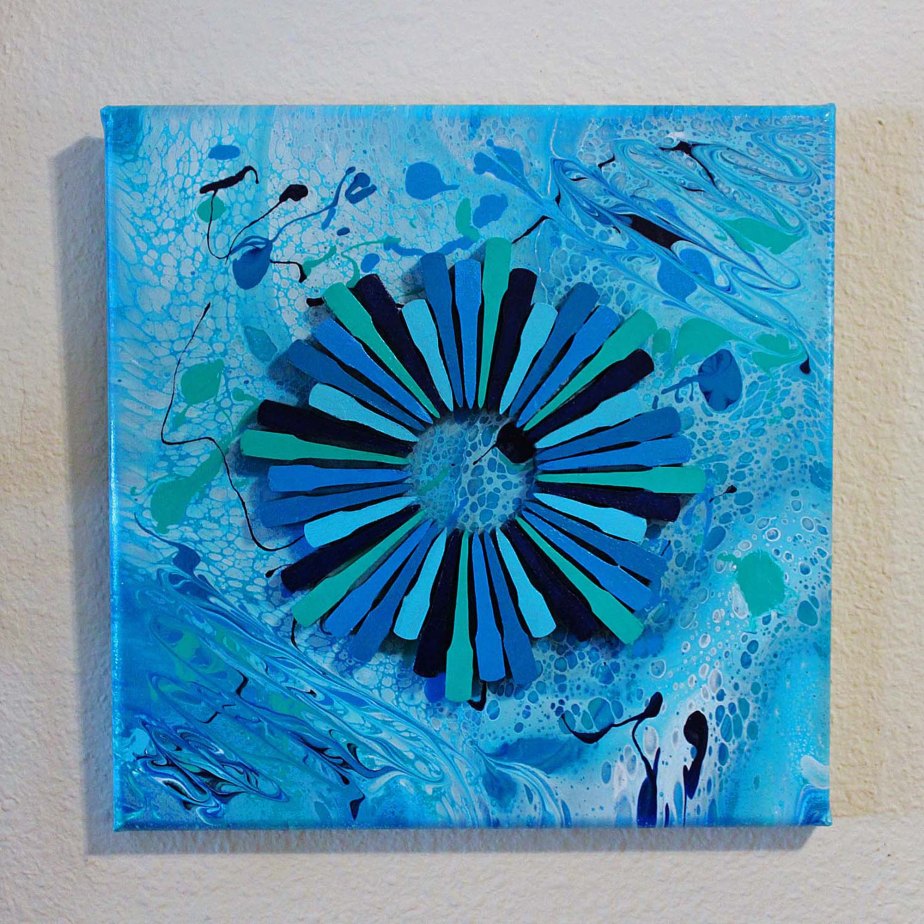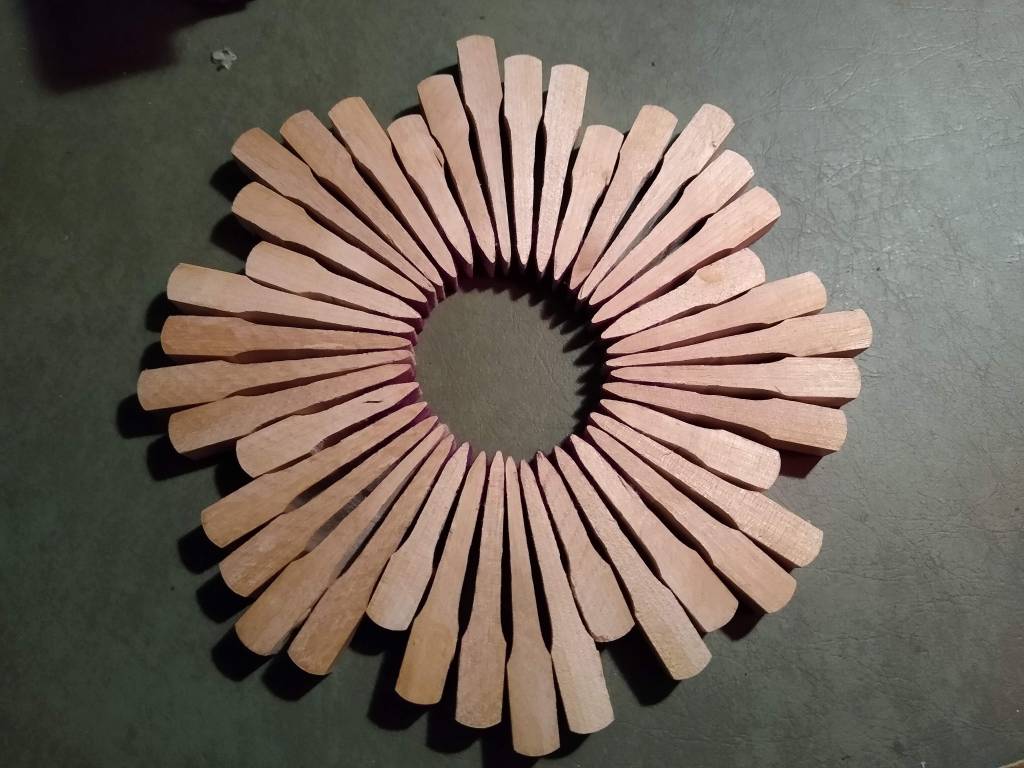Make me to hear joy and gladness, that the bones which You have broken may rejoice.
Psalm 51:8
This has more to do with my absence from the studio than it does piano art itself. The truth is, I’ve suffered one setback after another since April of last year, and most of them have to do with my feet.
Okay, actually it started long before then. Several years ago I had a bunionectomy on my left foot, hoping it would cure the constant pain and the bent toe. Unfortunately, I broke the third metatarsal in that foot just one week before surgery. But my surgeon looked at it and said it would not affect his ability to do the bunionectomy.
So I went under the knife on schedule, and all was well. At my first follow-up, he said it was looking good, and that he wanted me back in my street shoes at the one-month mark.

The day came for my second follow-up—the one I was supposed to report to in street shoes. I put my still-swollen foot inside the shoe and immediately felt a pop. The toe that had straightened up so beautifully was now bent worse than before.
And all my surgeon could say was, “Oh.”
Fast forward to April 2022. The pain in my left foot was worse than before, and I was tired of my big toe hiding under the second toe. So I got a new referral to podiatry with the hopes of alleviating my foot problem. I saw a new podiatrist, told him about my bad experience from years before, and asked if he could help. He warned me of the risks involved in repeating a bunionectomy. He also said the recovery would take longer and that you don’t get a third chance to get it right. As for the pain, he determined that it was actually coming from a Morton’s neuroma, which may or may not have been related to the bunion. But not to worry. He could take care of that problem at the same time.
Wonderful! I thought. I had one art festival scheduled for May, but after that my calendar was clear until October. Surely I’d have plenty of time to recover from a June surgery before time for more art festivals.
But there was one snag. The pre-op nurse didn’t call to schedule the surgery. I went to Tupelo, MS for the art festival, and when I returned, I called the podiatry clinic again. They apologized for the oversight and promised to get back to me soon. Long story short, the surgery did not happen until October 21st, which meant I wasn’t going anywhere for the rest of the year. It was discouraging, but they told me if I didn’t take that slot, they didn’t know when another opening would come up. So I took it and hoped for the best.
My surgery went well, and three days later my husband had hip surgery to correct a torn labrum. We were a curious couple for a while. Our oldest son came to stay with us for two weeks, working from home, and my sister-in-law also came. She got her brother to and from his procedure and made sure he was settled in at home afterward.
For the next four weeks I was on crutches and/or knee scooter, and the first of those weeks I was not allowed to put any weight on my foot at all. Even when I could start putting it down, I was limited to about 15 minutes at a time of being up. Cooking and housework were out of the question. I had made and canned several soups and stews before surgery, so much of our meal prep was easy. A neighbor also brought over a shepherd’s pie that fed us for three days! So delicious! Our daughter and three other college girls came home for Thanksgiving break, and they helped my husband with the cooking and cleanup. I still did too much, but I tried to behave myself. It was great having the house full of girls for a few days.
After a while I was allowed to wear a surgical shoe inside the house but continued to wear the walking cast for chores or whenever I went out. The swelling was slow to go down. Finally, early this month I was cleared to wear street shoes, after being in the boot four months. I also began physical therapy at that time. Both my surgeon and the physical therapist were optimistic that I would only need four therapy sessions because I’d been following the doctor’s orders all along, which gave me great mobility.
My second week out of the boot, my foot was still sore, but tolerable. I was on my way to my second physical therapy appointment when three cars stopped in front of me in the middle of the road. I had glanced over to check the time, and when I looked up, I slammed on the brakes, but it was too late. My truck and two of the other vehicles were involved in the accident. The one that started the problem in the first place drove off, completely untouched. I wish I knew what made him stop in the middle of the road.
The other two drivers got out and stood in the road, talking and looking at the damage, both insisting they were fine. But not me. Both my right foot and my neck were hurting. And the longer I sat there, the more my foot hurt, until I didn’t even mind the pain in my neck. I had no choice but to go by ambulance to the hospital because I couldn’t put any weight at all on that foot. Sure enough, it was broken in at least two places. My neck was going to be fine, though. I have arthritis, and the jarring did me no favors, but neither did it do any damage. In fact, it felt fine after a few days.
I remember the day, a week after the accident, when the insurance company informed me that my truck was totaled. Oh, it was a sad day. I loved that truck, and we had only had it a year. It had first belonged to my late uncle, who meant very much to me, and it had less than 50,000 miles on it. The assessed damage came to less than half the total value of the truck, so why wouldn’t they fix it? When I hobbled on my crutches to the collision center to remove our belongings, I saw why. The rear end of the car I hit went under my truck and did considerable damage. The frame was bent, and they couldn’t be sure whether the engine were still in good condition because my oil filter was crushed, so all the engine oil emptied onto the roadway.
Yesterday I returned to my primary physician for another set of x-rays to follow up on the ER visit. He told me right off the bat that for the next four weeks I am to put no weight on that foot. Over these last two weeks bad news has come to me in waves. I felt the push of each wave as it hit me, but I remained strong… until I was told that I could not attend the art festival in March. That one swept over my head and knocked me off my feet. That’s how I make my money. Besides, I’ve already invested a good chunk of change to reserve my spot. I sent an email this morning with regrets at not being able to attend so they can pull someone from the waitlist to go in my place. And I’m praying for a refund of my booth fee.
Lord willing, in May I’ll return to Tupelo for the art festival I was in last year. That one was a huge success, the best I’ve ever had anywhere. I don’t know what I’ll be driving, but we’re trusting God for something affordable, roomy enough for my tent, grid walls, and inventory, and in good road-worthy condition. I don’t expect it to be as nice as my late uncle’s truck, but I expect it will meet our needs just fine. God will provide.
A coworker stopped me at church Wednesday night to ask about the boot. He remembered correctly that for the last four months I’ve been wearing it on my left foot, but now it’s on my right. When I finished telling him what happened, he prayed for me right there in the hall, that God will make something beautiful out of this chaos. And I know He will. I was not innocent. I should have been paying attention to the road. But God is a God of love and forgiveness.
The sacrifices of God are a broken spirit: a broken and a contrite heart, O God, You will not despise.
Psalm 51:17
Yes, Lord, I’m listening….
Photo taken in 2017 in Milton, Florida

